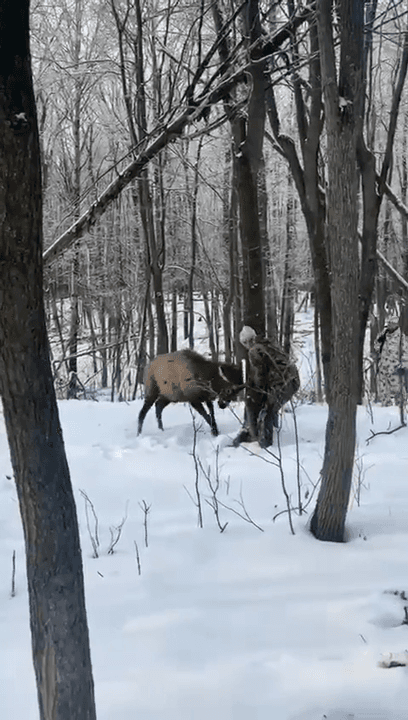
Russian hunter and a red deer. Hand-to-hand combat… Many so-called animal defenders, after watching this video, would start to panic. "A bloodthirsty hunter mocks and torments a kind deer." But only
Post: 14 February 16:07

Post: 14 February 16:07

Post: 15 July 09:21

Post: 12 July 10:48

Post: 23 July 07:56

Post: 30 July 10:47

Post: 4 September 15:21

Post: 27 August 15:11

Post: 13 February 10:20

Post: 25 July 10:49